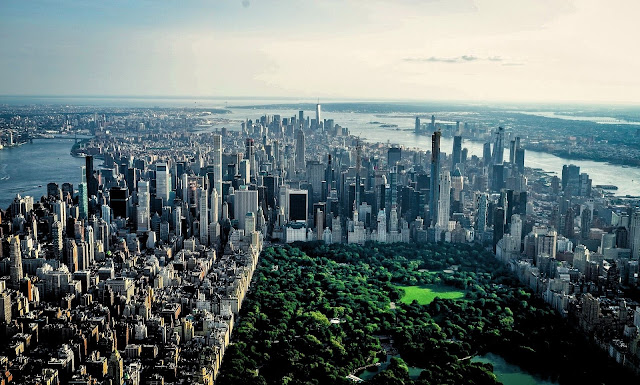AI at Work: Project References Creation
The early days of any architectural career often involve a peculiar, yet essential, rite of passage: the meticulous hunt for visual references. Many architects will undoubtedly recall those formative experiences, poring over countless images, not just to present to a client, but to truly illuminate the nascent stages of a project's conceptualisation. My own journey was no exception, a testament to this widely shared experience.
I vividly remember the initial hours, stretching into days, consumed by this very pursuit. The process began with sifting through an almost unimaginable number of books, their pages yielding a treasure trove of architectural inspiration. As technology slowly crept into our workflows, the search migrated online. I recall the unstoppable Browse sessions on websites like Flickr, a platform very much in vogue at the turn of the century, all in the quest for that perfect image – one that resonated with our project's core idea, that sparked a new line of thought, or simply provided a clearer understanding of a specific design element.
Over time, this landscape gradually evolved. The advent of Google Images and Pinterest, for instance, streamlined the process somewhat, offering more efficient ways to discover and curate visual material. Yet, the truly transformative shift, the seismic change that redefined how we approach reference collection, arrived only in the last few years with the widespread introduction of artificial intelligence.
Today, a remarkably efficient and rapid method for gathering reference pictures lies within our grasp, thanks to the emergence of AI platforms. These sophisticated tools empower us to generate images simply by articulating a descriptive text prompt. This capability offers an unparalleled advantage: within a remarkably short timeframe and with minimal effort, we can obtain highly bespoke images, meticulously tailored to our creative vision. Imagine, if you will, a collection of references that precisely aligns with your architectural imaginary, a visual dossier designed to robustly support your developing ideas. The time-saving aspect of this innovation is profound; AI, in this context as in many others, emerges as an exceptionally valuable tool, streamlining what was once a laborious, time-consuming endeavour.
It is crucial, however, to acknowledge that the efficacy of these AI tools hinges entirely on our input. We remain the orchestrators, dictating what is to be created, how individual images should be adjusted, and where refinements are necessary. This symbiotic relationship, where human creativity guides algorithmic generation, imbues the task with a fascinating, almost playful, dimension. The novelty of the tool itself, coupled with its intuitive structure, lends a unique, even ludic, quality to the process of shaping and refining these AI-generated visuals.
This profound shift naturally prompts a significant question: will this new paradigm disrupt the conventional architectural imaginary? Will the influx of "unreal" or "fake" AI-generated images somehow dilute the authenticity of our visual references? Or, conversely, will AI solidify its position as an even more robust and dependable instrument, one that helps us validate the inherent strength and solidity of our design propositions? The answer, perhaps, lies in our judicious application of this technology, ensuring that AI serves as an amplification of our human creativity, rather than a replacement for it. The future of architectural visualisation, it seems, is being collaboratively shaped by both human ingenuity and artificial intelligence, paving the way for unprecedented levels of efficiency and bespoke creativity.
Experienced companies such as MARCO LLC can help you optimise your projects and workflow.





Comments
Post a Comment